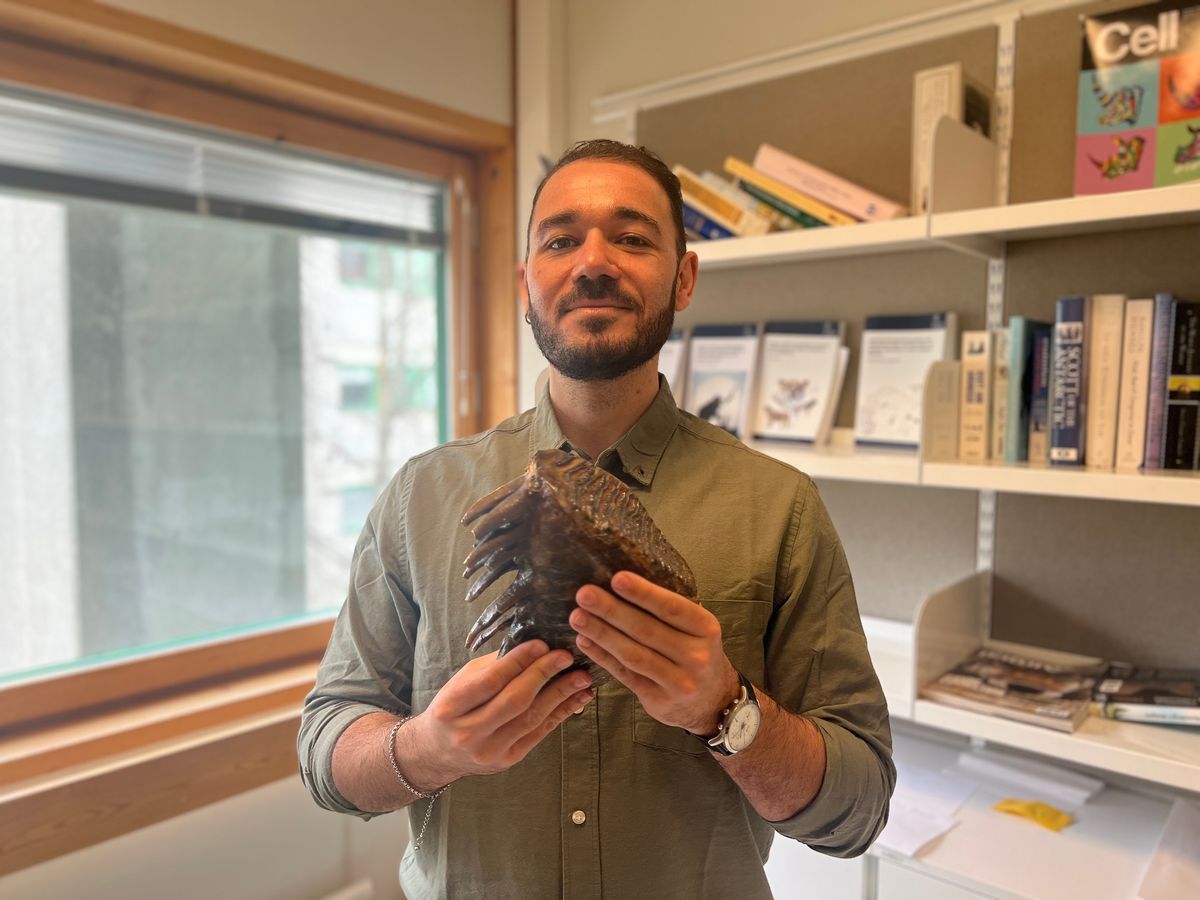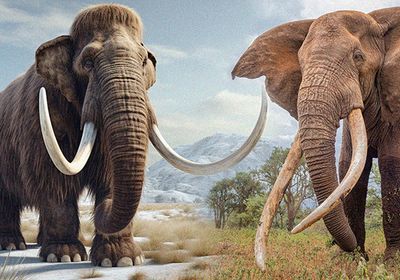Measuring Mammoth Mutations
Comparing mammoth and elephant genomes revealed genetic mutations that may have helped mammoths survive in the Arctic.
For more than 500 thousand years, woolly mammoths ruled the cold steppe tundra across the northern part of the globe. Fascinated by the adaptations that allowed these majestic beasts to thrive in harsh conditions, David Díez del Molino, a geneticist at the Center for Palaeogenetics, and his colleagues compared mammoth and modern day elephant genomes to determine the underlying genetic secrets. Their findings published in Current Biology help scientists piece together the evolutionary history of mammoths. 1
“This is probably the largest study thus far on mammoth genomics,” said Alfred Roca, an animal geneticist at the University of Illinois at Urbana-Champaign who was not involved in the research. “It’s a very impressive study.”

By delving into 23 mammoth genomes and 28 modern elephant genomes, the researchers identified several mutations in genes related to hair development that may be responsible for the mammoth’s eponymous woolly coat. Relative to elephants, woolly mammoths also had unique mutations in fat storage and metabolism genes, which may have helped them survive long winters with little food. Altered thermosensation may also be an important trait for thriving in the cold. Woolly mammoths carried mutations in multiple genes related to temperature sensing, including SCN10A, which enables animals to perceive intense cold as painful.
Researchers also compared the genome of one of the earliest mammoths—a 700-thousand-year-old specimen—with animals that lived 50,000 to 4,000 years ago.
“What we found was quite exciting,” said Díez del Molino. “Many of the characteristics of woolly mammoths—furry hair, the size of the ears, fat deposits—kept evolving throughout the lifespan of the species, all the way up until they went extinct four thousand years ago. It really shows that species are not stable in terms of their adaptations.”
Reference
- Díez-Del-Molino D et al. Curr Biol. 2023;33(9):1753-1764.e4.


